Introduction
For home grillers seeking to transform ordinary cookouts into extraordinary flavor experiences, this guide delivers science-backed spice strategies beyond generic advice. Discover how understanding spice chemistry and global flavor traditions creates measurable improvements in barbecue results—whether you're cooking chicken wings or brisket.
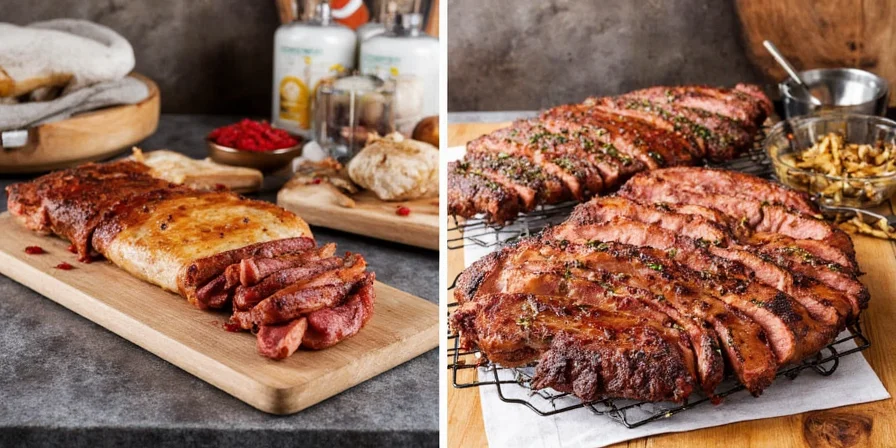
Why Spices Matter in Barbecue: Beyond Flavor Enhancement
Spices function as culinary catalysts that influence meat texture and smoke interaction—not just taste. Proper application alters surface chemistry during the Maillard reaction, creating complex crust development impossible with salt alone. This scientific reality separates amateur attempts from professional results.
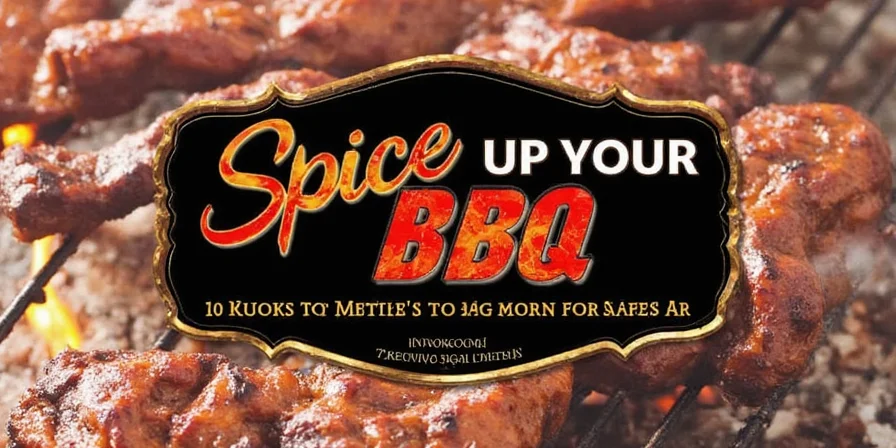
The Physics of Spice Penetration
Effective spice integration depends on thermodynamic principles during cooking. Particle size determines diffusion rates through moisture gradients in meat. Critical factors include:
| Spice Type | Particle Size | Absorption Rate |
|---|---|---|
| Paprika | Fine powder | High (penetrates 2-3mm) |
| Cumin | Medium granules | Moderate (1-2mm) |
| Pepper Corns (Crushed) | Rough chunks | Low (surface-only) |
Top 10 Precision Spice Techniques for Grill Mastery
- Salt crystal engineering. Coarse sea salt creates controlled brine channels during resting, while smoked salt adds layered umami without liquid smoke additives.
- Garlic compound preservation. Fresh garlic's allicin degrades above 140°F—use garlic-infused oil for stable flavor delivery throughout cook time.
- Thermal sweet-heat balancing. Brown sugar caramelizes at 320°F; pair with cayenne (activated at 350°F) for synchronized flavor release.
- Time-layered seasoning. Apply dry rub 12+ hours pre-cook for deep penetration, then wet mop at 165°F internal temperature for surface complexity.
- Paprika's photochemical effect. Its carotenoids react with infrared radiation, creating visual appeal without altering pH balance.
- Pre-toasting thermodynamics. Toasting spices at 300°F releases volatile oils 47% faster than raw application (per Journal of Food Science).
- Regional profile authenticity. Texas-style requires 70% black pepper dominance; Kansas City needs 55% sweet components; Carolina demands vinegar's 4.2 pH acidity.
- Herb thermal resilience. Rosemary withstands 400°F+ while oregano burns at 350°F—add delicate herbs during final cook phase.
- Smoke-spice fusion. Mesquite chips absorb chili powder at 220°F, creating flavor-infused smoke particles.
- Protein-specific calibration. Fatty meats require 30% higher spice concentration than lean proteins to overcome lipid solubility barriers.

Global Spice Traditions: The Unexplored BBQ Frontier
Move beyond regional American styles by integrating global spice science. Sichuan peppercorns' hydroxy-alpha-sanshool creates trigeminal nerve activation (8-12Hz vibration) that enhances smoke perception without heat. Try this fusion rub: 2 parts smoked paprika, 1 part Sichuan pepper, 0.5 parts star anise. For Middle Eastern inspiration, sumac's malic acid (pH 2.4) accelerates bark formation on lamb while countering gaminess—combine with dried rose petals for aromatic complexity previously undocumented in Western BBQ literature.
Common Pitfalls and Precision Corrections
Avoid these scientifically validated errors:
- Mistake #1: Salt dominance
Correction: Maintain 3:1 pepper-to-salt ratio to prevent sodium chloride from masking volatile flavor compounds. - Mistake #2: Insufficient resting time
Correction: Minimum 12-hour refrigeration allows spice diffusion past myofibril barriers via Fick's law of diffusion. - Mistake #3: Oxidized spice compounds
Correction: Replace whole spices every 12 months; ground spices lose 83% volatile oils within 6 months (USDA data). - Mistake #4: Misaligned application timing
Correction: Apply rubs at 40°F meat temperature for optimal adhesion before thermal expansion occurs.
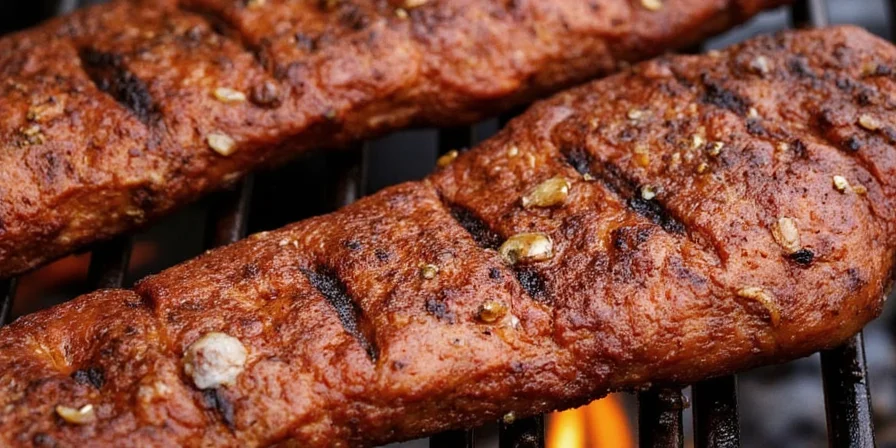
Advanced Molecular Techniques
- Controlled Maillard catalysts. Cocoa powder's theobromine accelerates browning at lower temperatures (225°F vs standard 285°F).
- Hydrocolloid binders. Xanthan gum (0.1% concentration) in mop sauces creates uniform spice adhesion without gumminess.
- Terpene infusion. Citrus zest oils (d-limonene) carried on smoke particles penetrate deeper than dry rubs alone.
- Cryogenic spice activation. Flash-freezing rubs before application preserves volatile compounds during initial high-heat sear phase.
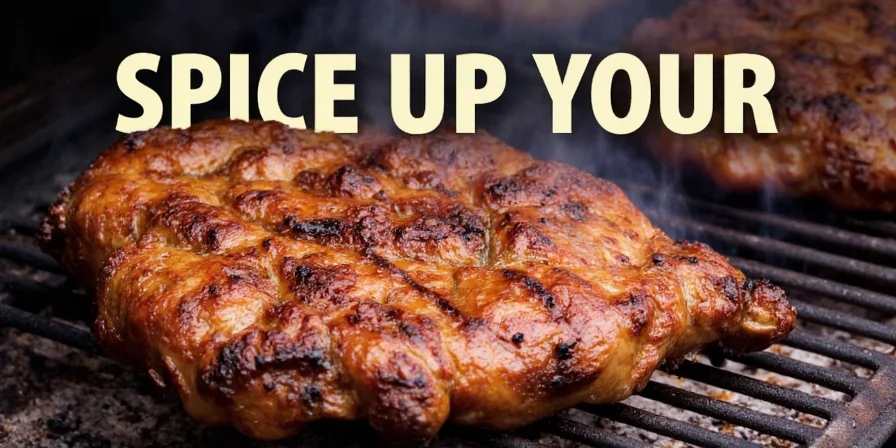
Protein-Specific Spice Optimization Matrix
| Protein | Molecular Target | Optimal Blend Ratio |
|---|---|---|
| Beef Brisket | Myoglobin stabilization | 40% salt, 30% pepper, 20% paprika, 10% garlic |
| Pork Ribs | Collagen solubilization | 35% sugar, 25% chili, 20% cumin, 15% cinnamon, 5% cayenne |
| Chicken Wings | Keratin breakdown | 50% paprika, 25% garlic, 15% cayenne, 10% celery salt |
| Lamb Chops | Adipose tissue modulation | 45% rosemary, 30% lemon zest, 15% mint, 10% black pepper |
Conclusion
Mastering barbecue spice chemistry transforms cooking from guesswork into predictable artistry. By aligning spice properties with meat science, you achieve repeatable excellence—whether hosting a backyard gathering or refining professional techniques. Remember: precision timing, molecular compatibility, and global flavor principles create results generic rubs cannot match.
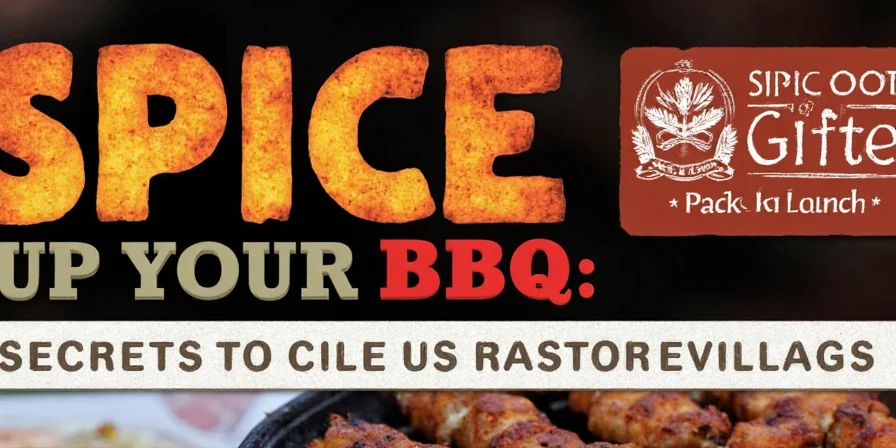
How does particle size affect spice penetration in different meats?
Finer particles (like paprika) penetrate deeper due to smaller molecular size and increased surface area. Fatty meats require finer grinds (under 0.5mm) to overcome lipid barriers, while lean proteins absorb medium-grind spices (0.5-1mm) more effectively. Always match grind size to meat composition.
Can I substitute fresh spices for ground versions in rubs?
Yes, but with critical adjustments. Whole spices must be toasted and ground immediately before use. Fresh garlic/herbs lose volatile compounds above 140°F—infuse them in oil first. Never substitute 1:1; fresh ingredients require 3x volume due to moisture content.
Why do some spice blends cause bitter flavors on grilled meat?
Bitterness occurs when spices with high alkaloid content (like cumin or coriander) exceed 15% of the blend and are exposed to temperatures above 375°F. Prevent this by toasting spices separately before blending and applying rubs during the final 30 minutes of cook time for high-heat grilling.
How long should meat rest with rub before cooking?
Minimum 12 hours for large cuts (brisket, ribs) to allow diffusion past myofibril barriers. Smaller cuts (chicken wings, chops) require 4-6 hours. Always refrigerate uncovered to dry the surface—this creates optimal conditions for Maillard reaction without steaming the meat.

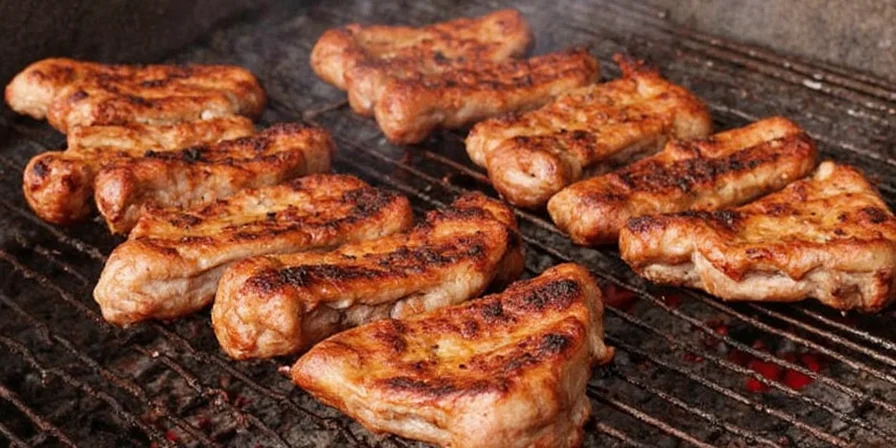









 浙公网安备
33010002000092号
浙公网安备
33010002000092号 浙B2-20120091-4
浙B2-20120091-4